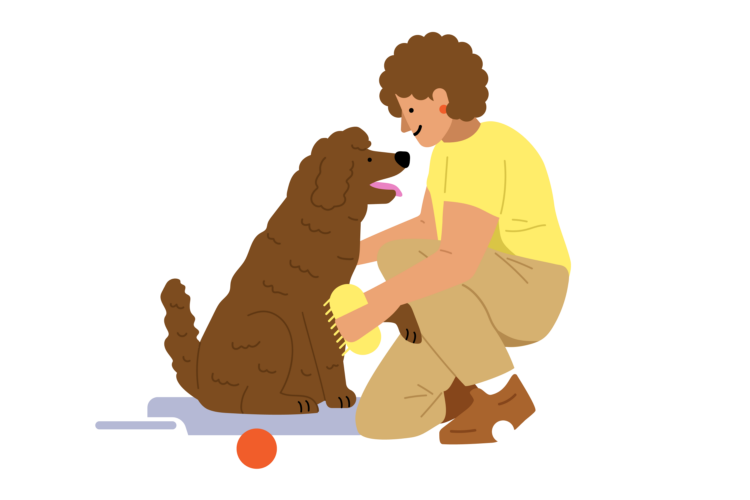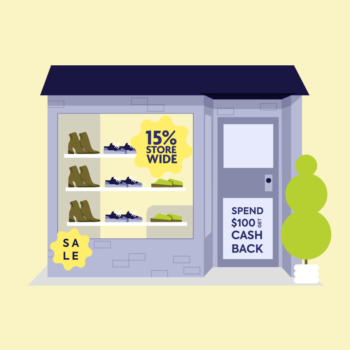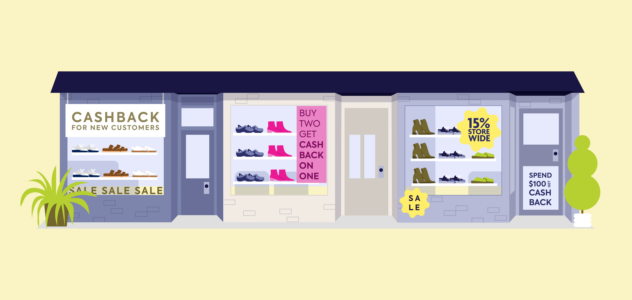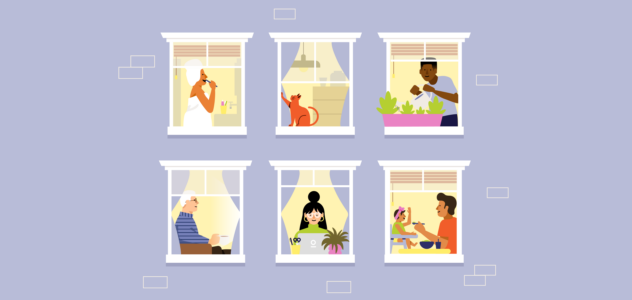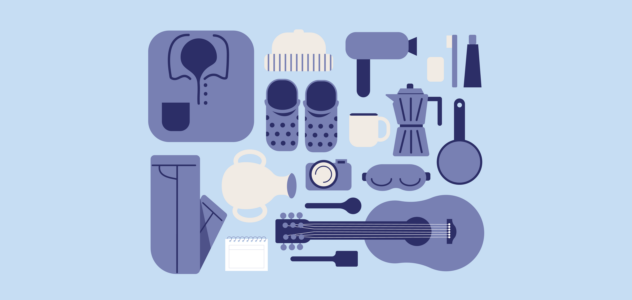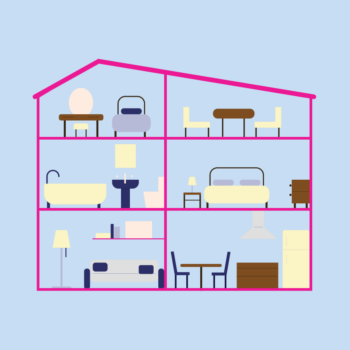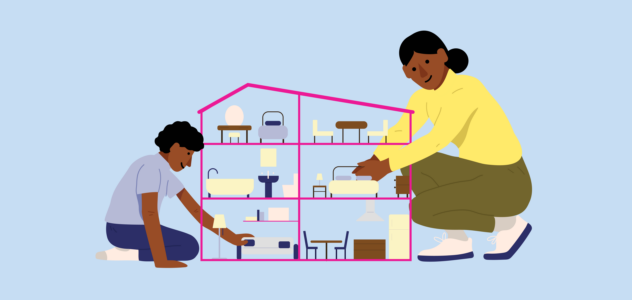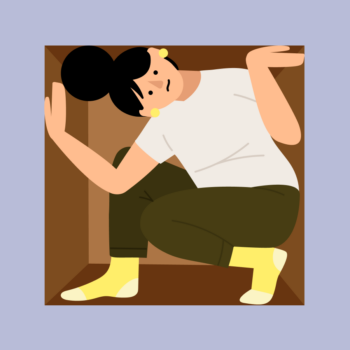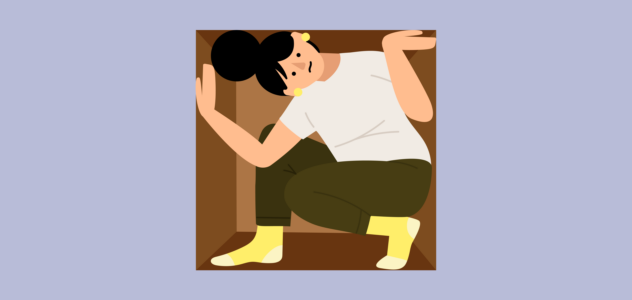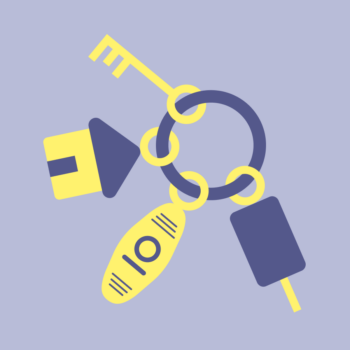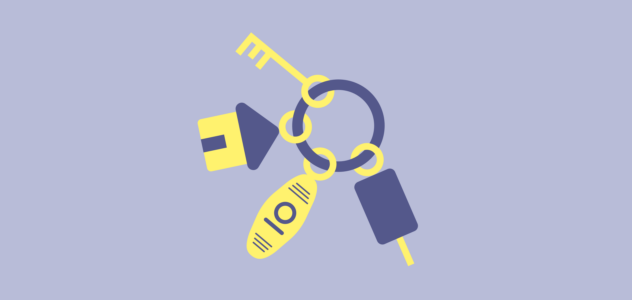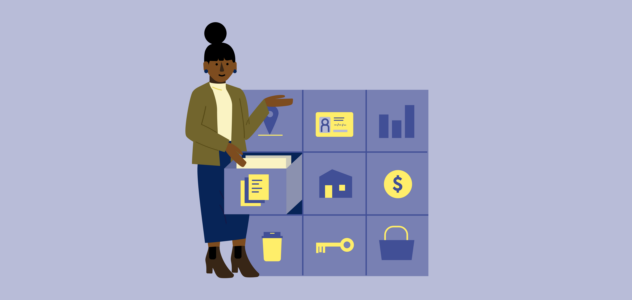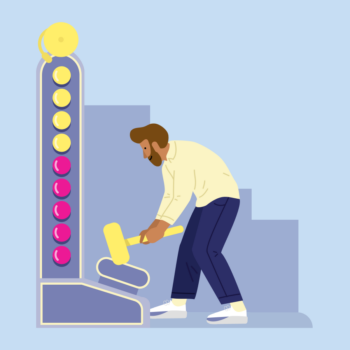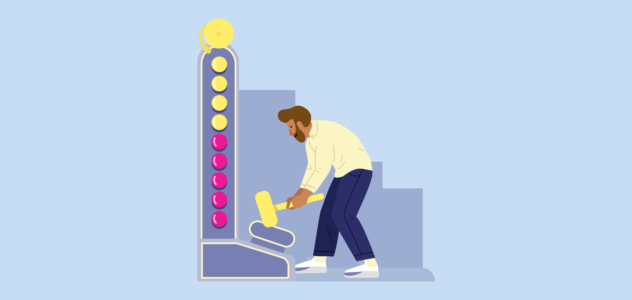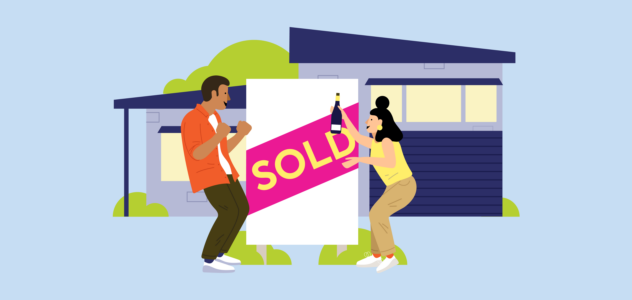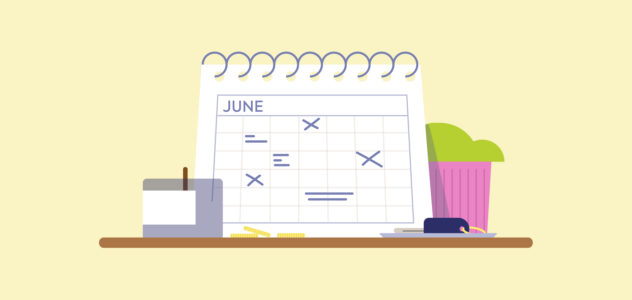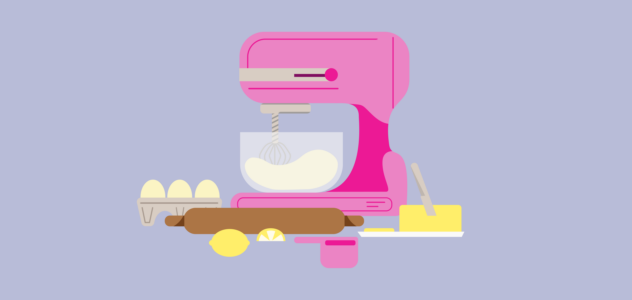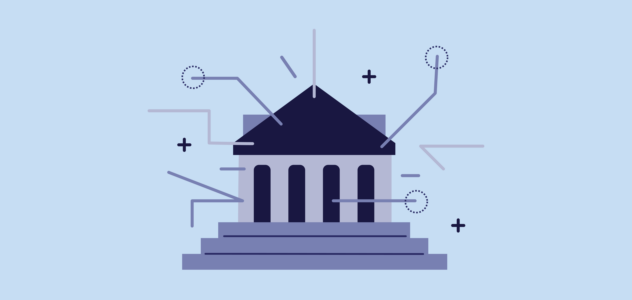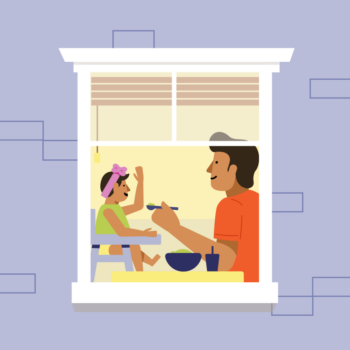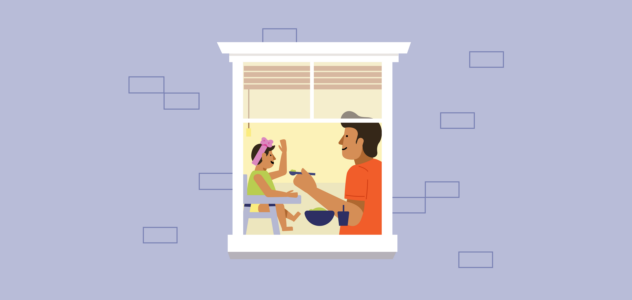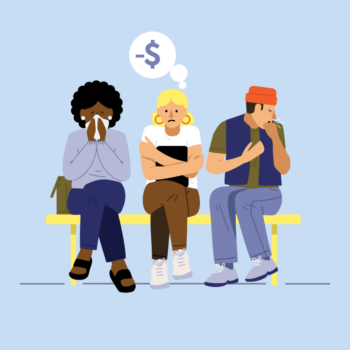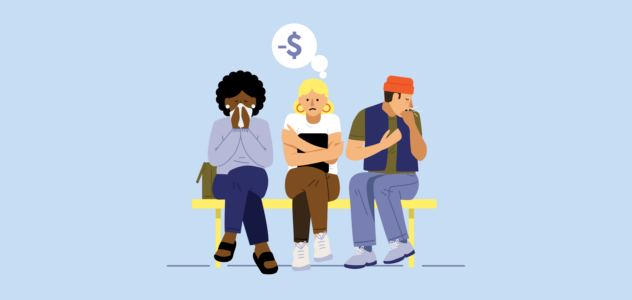In a perfect world, you’d be rewarded for your loyalty. Maybe a nice thank you card, flowers or a pat on the back.
Buuuut in the case of a mortgage, loyalty isn’t always a good thing. Quite the opposite, actually. It’s kinda a bad (and expensive) thing.
It’s called a “loyalty tax” — when long-term customers end up paying higher interest rates to their lender than newer customers. And it stings millions of Aussie homeowners each year.
So what is the mortgage loyalty tax?
Are you (unknowingly) being affected by it?
And if so, how can you avoid it?
What is the mortgage loyalty tax?
The price you pay for being loyal to your lender.
Though technically not a “tax”, the mortgage loyalty tax is when lenders offer lower interest rates to new customers to get them in the door, while charging existing customers higher interest rates (essentially to make money).
Here’s how owner-occupier variable interest rates compare between new and existing home loan customers…
So, in a rate rise environment, the interest rates offered to new customers go up by less than existing customers. And when rates are falling, the interest rates offered to new customers will go down at a faster pace compared to existing customers.
Buuut it’s important to add, even if rates are relatively stagnant, lenders still like to compete and lower their rates for new customers. Because if a lender has already *got* you, they don’t think they need to work hard to *keep* you.
Moral of the story? Those who take out a new loan typically get a great deal, while those with an older loan are slowly but surely getting stung.
Avoiding loyalty tax can have a huge impact on your savings. In fact, it’s unlikely there’s anything in your life that could save (or cost) you as much.
For a typical $500K mortgage, the extra interest savings equate to $52,557 over a 30 year home loan.^
Yep, you read that right. And here’s how that’s changed over time…
So, how do you escape the loyalty tax? Read on.
Why is the mortgage loyalty tax even a thing?
Seems kinda rude, doesn’t it?
But let’s look at it from the lender’s perspective. Their pricing strategy allows lenders to grow their customer base via discounts, while also protecting their profits (to ultimately make money).
And even when lenders need to compete harder for new customers (like when the market is slowing), they’re still likely to take their existing clients for granted by maintaining their rates — the very definition of the loyalty tax!
Why do sooo many homeowners get stung by the loyalty tax?
You might be thinking, “this loyalty tax sounds nasty, why do so many homeowners let it happen?”
Well, a few reasons…
It can often be invisible
Home loan rates can often fly under the radar. Loyal customers don’t always check in with their rate… Let’s be real, who wants to log in to their banking app or website, then dig around to find their loan details every month? (cue: *crickets chirping*). Plus they often don’t see the rates available to new customers so the difference can easily go unnoticed. So fair to say, the boundaries are a little murky between when you move from a “new customer” to a “loyal customer.”
Homeowners often fall into the trap of “set and forget”
“Working through your home loan options” doesn’t exactly scream “fun weekend activity” does it? Which is why there are a lot of homeowners who set up their home loan and then put off touching it again. And before they know it…12 months, 2 years, 4 years have passed…and they’re left (sometimes unknowingly) paying loyalty tax. Urgh.
It can often happen when interest rates are moving
When interest rates are moving or the market is slowing, lenders may become more and more competitive for new customers. As a result, the loyalty tax may get even bigger to make sure they’re still attracting new customers (while also making a healthy profit off their loyal ones).
The shift is gradual and hard to notice
Here’s the thing, loyalty tax won’t sting you in one big hit. You won’t wake up one day and say, “oh, I’m loyal now.” The changes in your rate are often small but add up over time.
Changing your mortgage is considered “hard”
A lot of homeowners remember how hard it was the first time they were applying for a loan (particularly because it was all new and unfamiliar territory). Not only that, home loans can also be closely tied to purchase overwhelm.
For this reason, many homeowners may avoid going through it all again. Which is understandable, buuuut may also cost you thousands in the long run. Plus, the process can be simple and straightforward with the right home loan expert and technology on your side (let us prove it).
Why is the loyalty tax a hot topic at the moment?
Loyalty tax is a hot topic because, well, it’s been moving up and down like an elevator.
A few reasons…
The increase in loyalty tax from September 2021 to October 2022 was largely driven by lenders increasing their discounts to attract new customers. They were doing this to compete, as the market was slowing.
So, this meant many lenders were increasing the rates of existing customers by more, compared to the rates for new customers.
However in recent times, lenders have been raising their rates for new customers at a more significant pace, to improve their profit margins. This has tightened the loyalty tax, but has certainly not removed it.
How to know if you’re affected by the loyalty tax
Now you know the loyalty tax kinda sucks (and we’re sorry to say, there’s very little incentive for lenders to change their ways). So the reality is that it’ll be up to you to avoid paying more than you need to on your home loan.
Here are some signs you might be affected…
You’re on a variable rate and haven’t reviewed your loan in over a year
Chances are you’ll be affected to some degree (yep, even after 12 months you might fall into the “loyal” category)
You’ve come off a fixed rate and landed on the rate offered by your lender
Classic loyalist behaviour. But you could potentially get onto a better rate by reviewing your options across lenders before coming off your fixed rate.
If you don’t know you are, you probably are
The loyalty tax is often invisible. If you’re scratching your head over whether you’re impacted — you probably are.
How to avoid the loyalty tax, for good
As you can see, loyalty tax is something you want to avoid. At all costs (‘scuse the pun).
So, how can you make sure you dodge it — now and into the future?
See how your current rate stacks up
Rather than guessing, the Finspo’s Rate my rate tool can show you what people are paying for home loans like yours to make sure you’re not paying too much. Simple.
Revisit your home loan every 12 months with a home loan expert
If you’re on a variable rate, check in with your rate every 12 months (you could time this with your tax or insurance so you get all the fun financial things done at one time). Our home loan experts (AKA brokers) can help you avoid loyalty tax, weigh up your options and find a home loan that suits your unique situation.
And if you’ve been reading this article thinking “urgh, I think I’ve been stung” then now is an ideal time to chat with a Finspo home loan expert.
^ Reserve Bank of Australia, Statistical Table F6 – Housing Lending Rates, published 8 November 2023 for owner-occupier, principal and interest, variable rates. Data calculated using a 30-year loan term with a loan size of $500,000. Assumes a customer maintains their repayment value and frequency at the level it was prior to applying a reduced interest rate.
